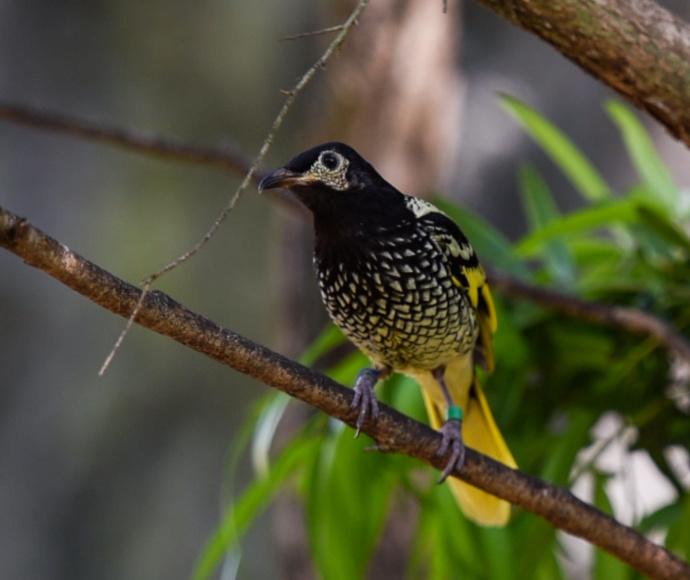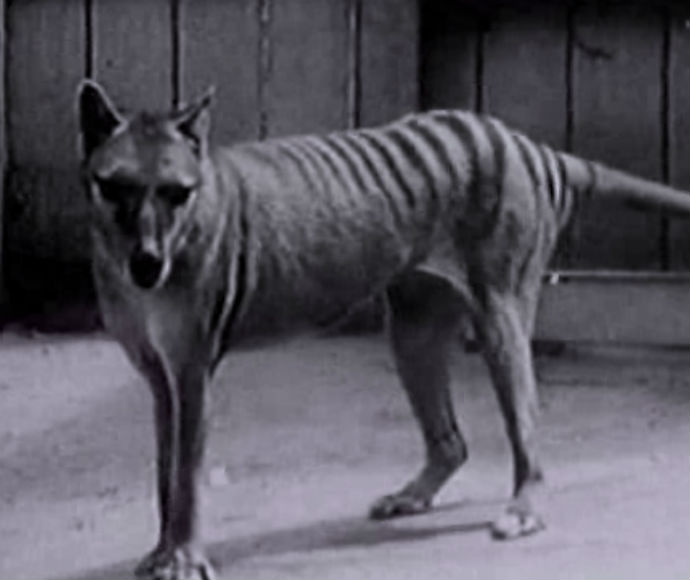Australia is home to more than 500,000 animal and plant species, many of which are found nowhere else in the world.
Over the last 200 years, more than 100 of our animal and plant species have become extinct.
In New South Wales alone, there are close to 1,000 animal and plant species at risk of extinction.
On Threatened Species Day we:
- turn the spotlight on native plants, animals and ecosystems that are under threat
- reflect on how we can protect threatened species now and into the future
- celebrate the amazing work of passionate conservationists, researchers, volunteers and community experts.

The critically endangered regent honeyeater (Anthochaera phrygia)
About Threatened Species Day
Threatened Species Day was declared in 1996 to commemorate the 60th anniversary of the death of the last remaining Tasmanian tiger (also known as the thylacine) at Hobart Zoo in 1936.
Threatened Species Day is a time to reflect on what happened in the past and how similar fates to the thylacine could await other native plants and animals unless appropriate action is taken.
Watch film clips of thylacines in captivity that include the last film footage of the species.

Tasmanian tiger (or thylacine) video still
Why threatened species are important
Saving threatened species is important for a healthy and diverse environment. Once plants and animals become extinct, they are gone forever.
Today most species become threatened because of habitat destruction and the impacts of introduced or non-native species. With effective management, almost all threatened species can be protected.
Learn more about how and why the Saving our Species program is working to secure a future for our threatened plants and animals in the wild.
How you can help threatened species
No matter what your age or expertise, you can get involved with conservation programs and help the recovery of threatened animals and plants.
Learn more about how you, your school or your community can get involved with Saving our Species resources.
Contact us
Saving our Species Program
Email: [email protected]
Stay in touch
- Subscribe to the Saving our Species newsletter.
- Follow us on Facebook, Instagram, YouTube, LinkedIn or X.
- Search the Public register of Saving our Species conservation strategies